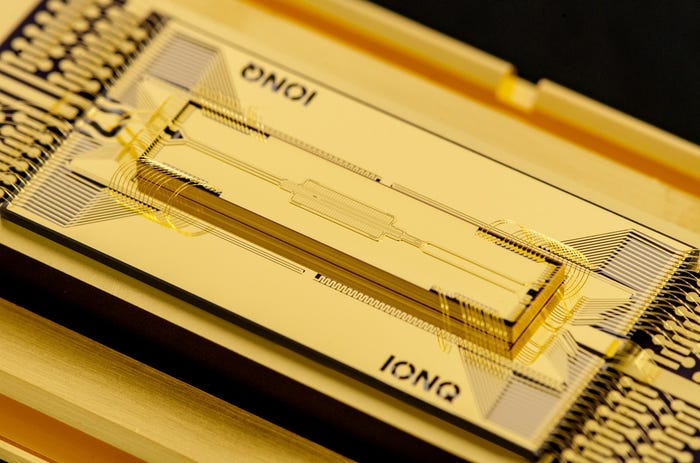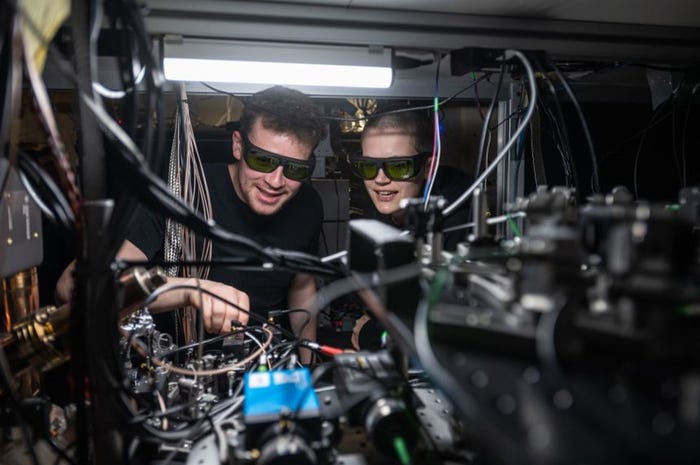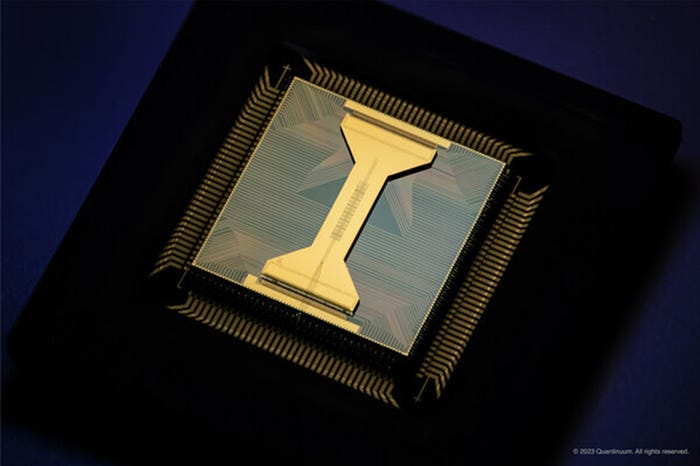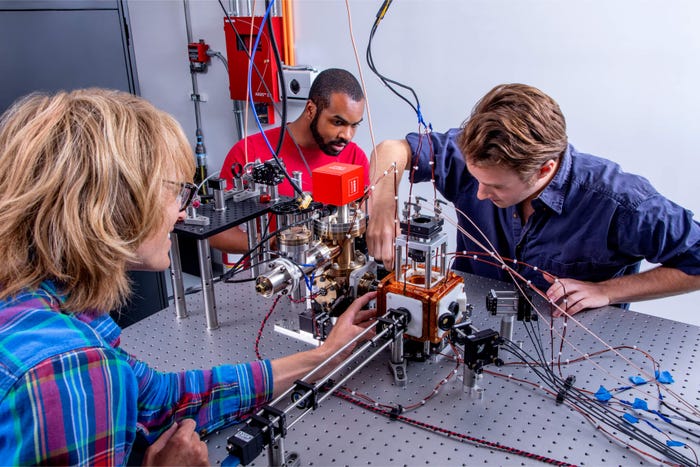
Connects decision-makers and solutions creators to what's next in quantum computing
Drone Fleet Control Optimized by Quantum TechnologyDrone Fleet Control Optimized by Quantum Technology
Hybrid framework accelerates learning so drones can react better to changing conditions
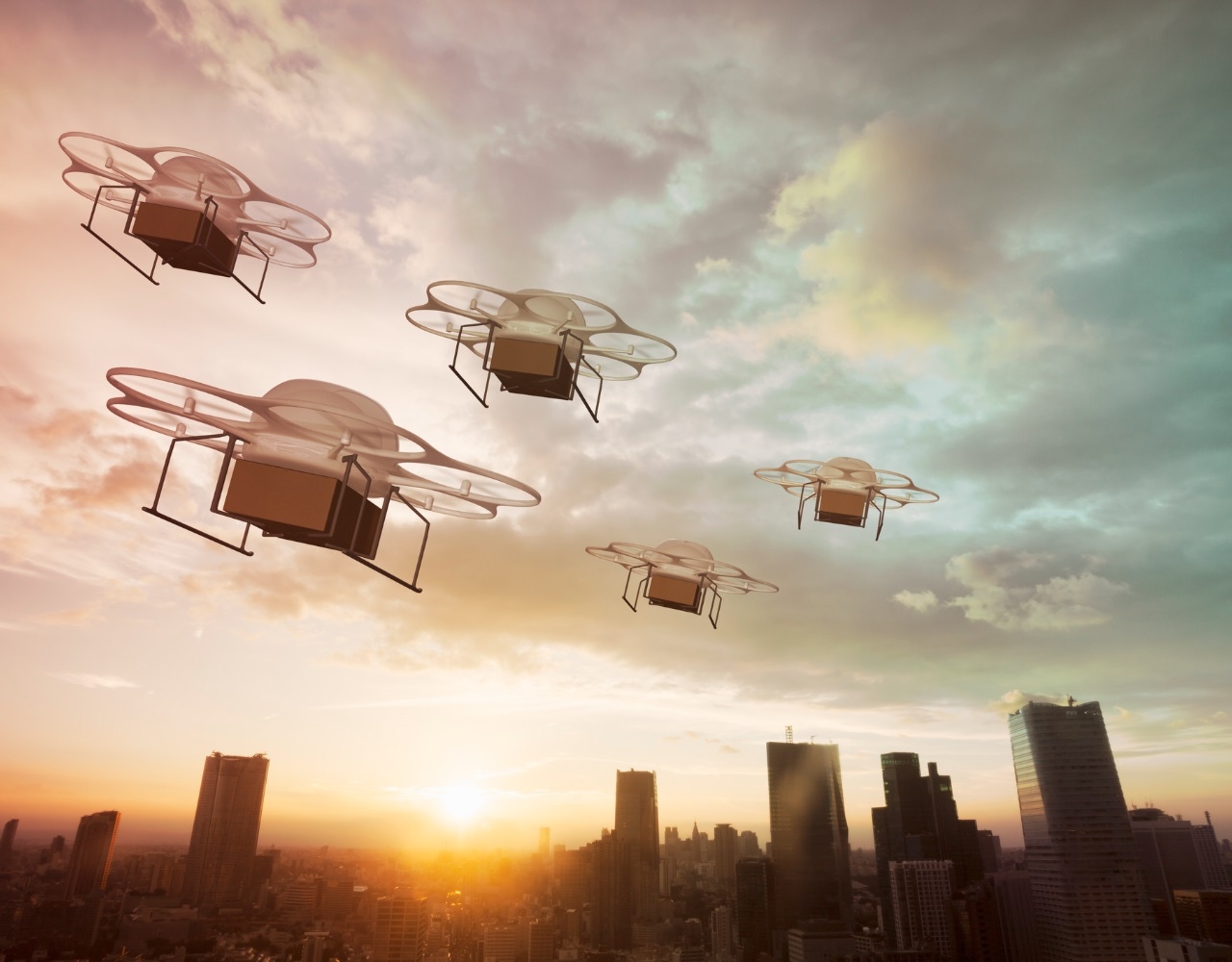
Researchers have developed a scalable hybrid quantum-classical software framework to optimize how multiple drones operate in complex, ever-changing conditions.
Drone fleets are increasingly being adopted for use cases including logistics and defense. However, their flight paths need to consider many factors that can change suddenly, like weather and other obstacles in the airspace.
A team from Korea University and Sookmyung Women’s University combined quantum and classical computing methods known as Quantum Multi-Agent Reinforcement Learning (QMDRL) to optimize multi-drone mobility.
Multi-agent reinforcement learning is used for systems where multiple agents, such as drones, must interact and adapt to evolving conditions. It uses “reward values,” numerical signals that provide feedback to a drone about how well it is performing a given task to enable better decision-making.
The complexity of coordinating this for multiple agents and adapting to dynamic environments makes scalability challenging for classical computers.
The QMDRL framework integrates quantum computing's strengths in handling complex many-body problems with classical computing “gradient descent,” a mathematical technique used in machine learning and optimization problems.
The quantum element uses a quantum policy (Q-policy) for real-time decision-making, generating actions that need to be carried out and distributing them between the drones.
The Q-policy uses a data re-uploading technique that encodes classical input data into quantum states, enabling faster calculation of action distributions. The result is an exponential speed-up in processing times and a more stable performance compared with traditional methods.
This advantage translates directly into improved coordination and higher reward values during training, making for more stable performance in real-time applications like drone fleet management.
The QMDRL framework could potentially be used in other multi-agent systems that require real-time control including autonomous vehicle fleets, flying vehicles and smart city infrastructure management.
The study, presented at the Asia Pacific Wireless Communications Symposium, was authored by Soohyun Park, Gyu Seon Kim, Soyi Jung and Joongheon Kim.
Read more about:
AsiaAbout the Author
You May Also Like


